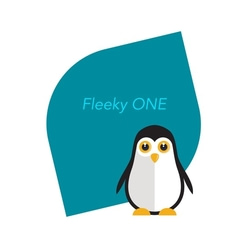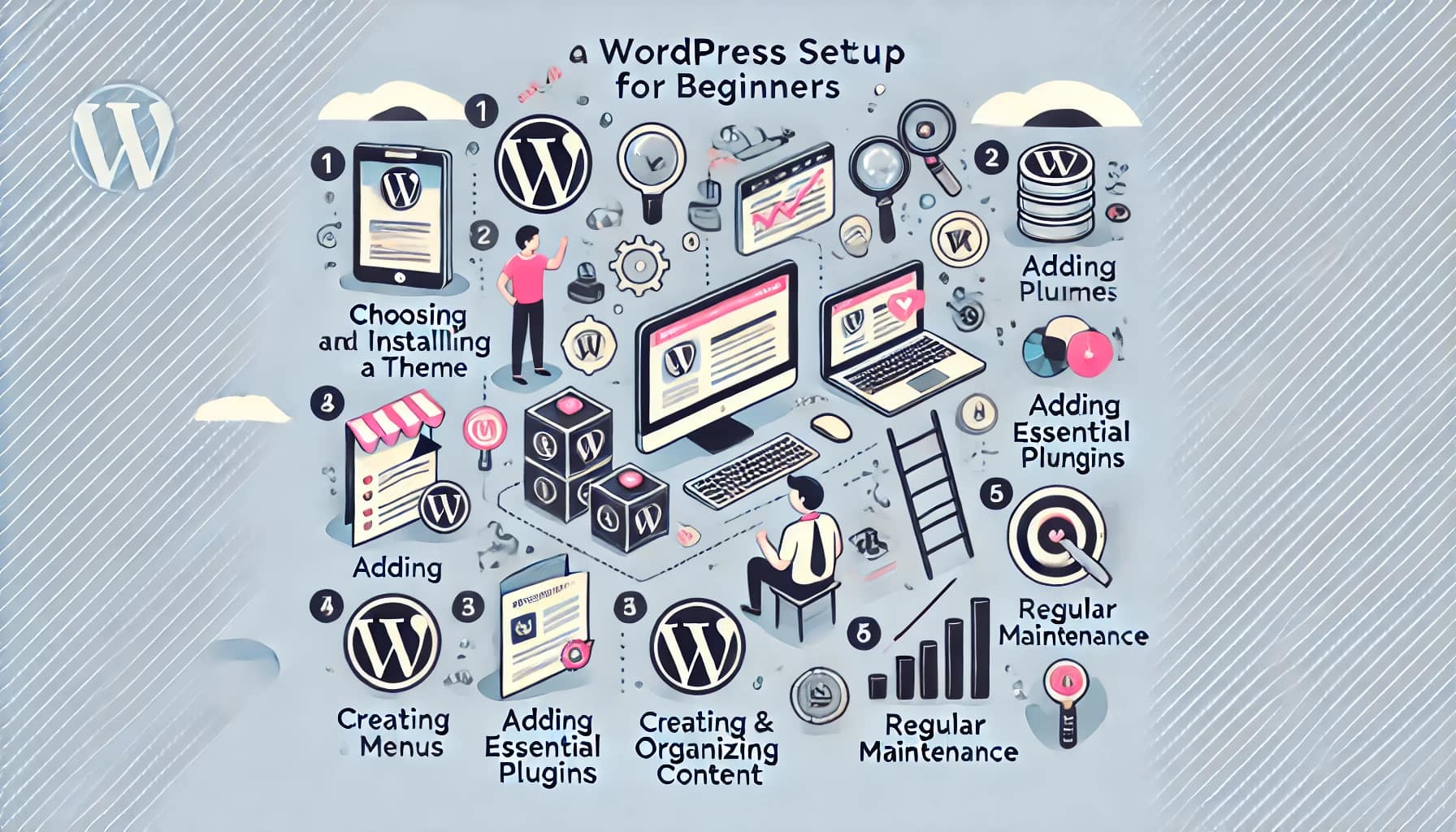
Types of APIs
Web APIs
Overview of RESTful APIs
REST (Representational State Transfer) is an architectural style used for designing web services. RESTful APIs are based on a set of principles that define how resources should be identified and addressed. They use HTTP methods like GET, POST, PUT, DELETE to perform operations on resources, and data is typically exchanged in JSON or XML format. RESTful APIs are widely used due to their simplicity, scalability, and compatibility with different programming languages and platforms.
SOAP APIs and other web service protocols
SOAP (Simple Object Access Protocol) is another protocol used for building web services. SOAP APIs use XML for data exchange and can operate over different transport protocols such as HTTP, SMTP, or TCP. Unlike RESTful APIs, SOAP APIs have a more rigid structure and rely on a formal contract (WSDL – Web Services Description Language) to define the operations and message formats. SOAP APIs are often used in enterprise environments or situations where strict message-level security and reliability are required.
Library and Framework APIs
Understanding SDKs and client libraries
SDK (Software Development Kit) refers to a collection of tools, libraries, and documentation that developers can use to build software applications for a specific platform or framework. SDKs often include APIs that provide a higher-level interface to access the functionality of the platform. Client libraries, on the other hand, are pre-built code libraries that provide simplified access to specific functionality or services. They often encapsulate complex operations and provide a more user-friendly interface for developers.
Popular libraries and frameworks with APIs
There are numerous libraries and frameworks available across different programming languages that provide APIs for various purposes. Some examples include:
- TensorFlow: An open-source machine learning framework that offers APIs for building and training machine learning models.
- React: A JavaScript library for building user interfaces, providing an API to manage component state and handle UI updates efficiently.
- Django: A Python web framework that includes an API for handling web requests, managing databases, and building scalable web applications.
- jQuery: A JavaScript library that simplifies HTML document traversal, event handling, and AJAX interactions, providing an API for DOM manipulation and asynchronous communication.
- AWS SDK: Amazon Web Services SDK provides APIs for developers to interact with various AWS services such as S3 for storage, EC2 for virtual servers, and DynamoDB for databases.
These examples demonstrate how APIs are provided within libraries and frameworks to simplify development and provide access to specific functionalities or services. Developers can leverage these APIs to enhance their applications by utilizing the features and capabilities provided by these frameworks and libraries.
Thank you for reading and sharing!

Invest in your future & learn
Learn affiliate marketing & build your own website with an awesome community and join me there. You can be a free starter for as long as needed. It includes free hosting and basic teachings. If you are an advanced user, you may like to level up. Just have a look, and see for yourself!
Source OpenAI’s ChatGPT-3 Language Model – Images Picsart






